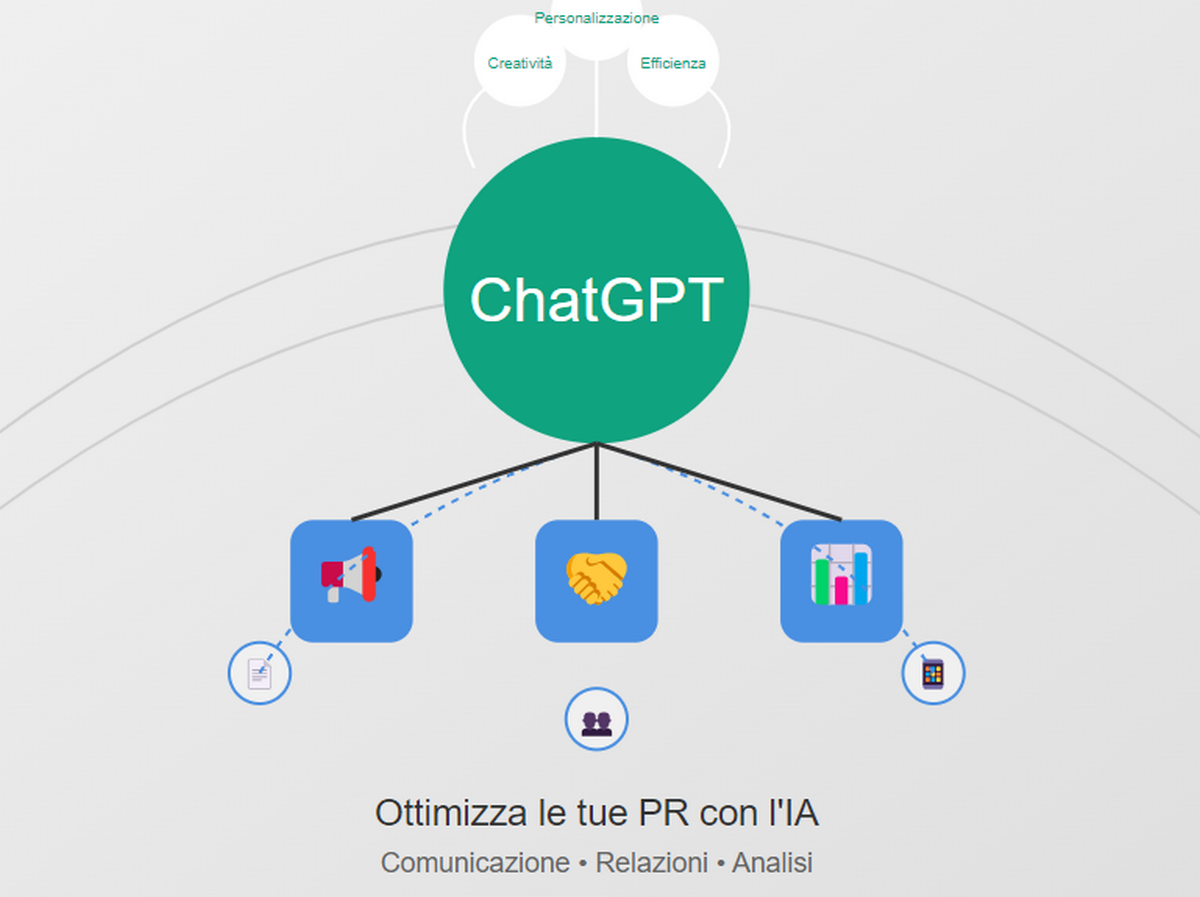The creation of profits promptChat GPT, a practice called "prompt engineering", requires a set of different skills than actual writing. The technology ofartificial intelligencegenerative is still limited and constantly evolving, and the first to adopt it asEduard FastovskiThey are just starting to provide constantly high -performance suggestions. "I don't think anyone has still master chatgpt, and is constantly updated," he said. "In a month it could be completely different."
Summary
Below are some suggestions Chat GPTprofits with which writers can experiment.
1. "Don't start writing" and "Do you understand?"
Helps discuss theartificial intelligencebefore starting to write. According to Fastovski, bloggers can "prepare"Chat GPTwith a conversation on their project. For example: "I am a fashion blogger and I need your help to write a blog post. The topic is New York fashion week. This post should be useful for people interested in Christian Dior's spring line. Don't start writing again. Do you understand?"
Equipped with this information and these simple instructions, the tool will learnbeforeto create any output. THE'artificial intelligenceHe will also remember this information for future questions.
2. "Write an introduction based on the following list points."
If you say chatgpt to write an entire blog post on the spring line of Christian Dior at the fashion week, it will probably not come out great. Without the right input, Chatgpt is not an expert in niche or topical topics.
"You have to bring competence on the subject to each chatgpt session," he saidShelly Palmer, which uses chatgpt writing tools every day,NotionisBing Chat in his communications and in his writing."The program invents things and you have to know when he does it."
Fastovski has suggested writing a list of list points that you want the blog to touch, then type the message: "Write an introduction based on the following list points".
The tactic of the pointed list can be used for each next section of the blog or article.
3. "Please, let me all the questions you need to help me write this article."
Chatgpt is not just there to take orders. It can also ask questions.
Palmer suggested the message: "Please, let me all the questions you need to help me write this blog post". The "blog post" could also be more specific, as a "introduction" or "conclusion".
To verify it, I was typed in chatgpt: “I am a journalist who writes a piece on the best chatgpt suggestions for blog authors. Please ask me all the questions you need to help me write this post.
Chatgpt is not just there to take orders. It can also ask questions.
L 'artificial intelligenceHe answered with eight questions, including: "What kind of suggestions are you looking for?" For example, suggestions to help generate ideas for blog topics or suggestions to help with the writing process ", as" is there a specific audience to which you contact with your blog post? (For example, beginner bloggers, expert bloggers, etc.). "
These are rather solid questions that I should ask myself!
4. "Write 10 alternative titles for [your draft title]"
Finding an alternative title for an article can already be quite difficult, not to mention 10, 20 or 100! This is where Chatgpt can really shine since the activity simply involves the reorganization of words and the extraction of keywords. The same prompt can be used for texts adjacent to the title, such as subtitles or section header.
5. "Reduce the length of this 30%article."
One of the major strengths of Chatgpt is the summary. If you tend to transmit more priestly, Chatgpt can help you reduce your writing to satisfy an established word counting.
For example, if you have an article to which 1,000 words have been assigned, but your first draft approaches 1,200, you can ask chatgpt to help you delete any unnecessary information.
You could say: "Please reduce the length of this article to 1,000 words without omitting any substantial information" or "please delete any redundancies or phrases not necessary to cut 200 words from this article". Play with instructions and artificial intelligence should be able to satisfy your request.
6. "What keywords should I use in this content?"
Chatgpt may not know everything, butknowThe SEO. "Chatgpt is useful for extracting keywords and key phrases, helping with the structure of the sentences and, in general, modeling the writing based on SEO," said Palmer.
Therefore, writers can insert an entire post in chatgpt and ask artificial intelligence to generate potential keywords. Continue with the request: "What can I do to improve SEO in [article, blog, etc.]?" to make the post even stronger.
7. "Reformulate it to make it [more casual tone/first person/more fun, etc.]"
Chatgpt can reformulate or modify any copy in a completely different tone, said Fastovski, changing the perspective of a post, the grammatical time and more. The results may not be perfect, but they may save you a lot of time to change the lines if an article needs an important restyling.
8
After writing an article or a brilliant and information blog post, the last thing a writer wants to do is writemoreTexts for social media and research. Chatgpt can help you cut a blog post in tweets, Instagram captions, a destination descriptions and more, said Fastovski. In fact, these small activities can be a great way to start using chatgpt in general.
"The best way to practice is to use it as much as possible for every little thing you write," said Fastovski. "Even if it is fast and you don't mind doing it yourself, ask chat GPT to write a destination description or a tweet or to answer an e-mail. Even if at the beginning it slows you down, you will learn something new and perhaps you will write something better than you would have done otherwise".
Contently source











